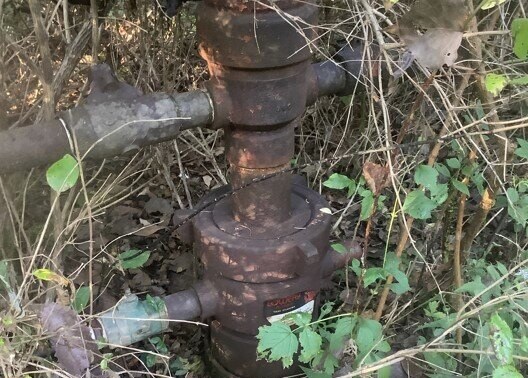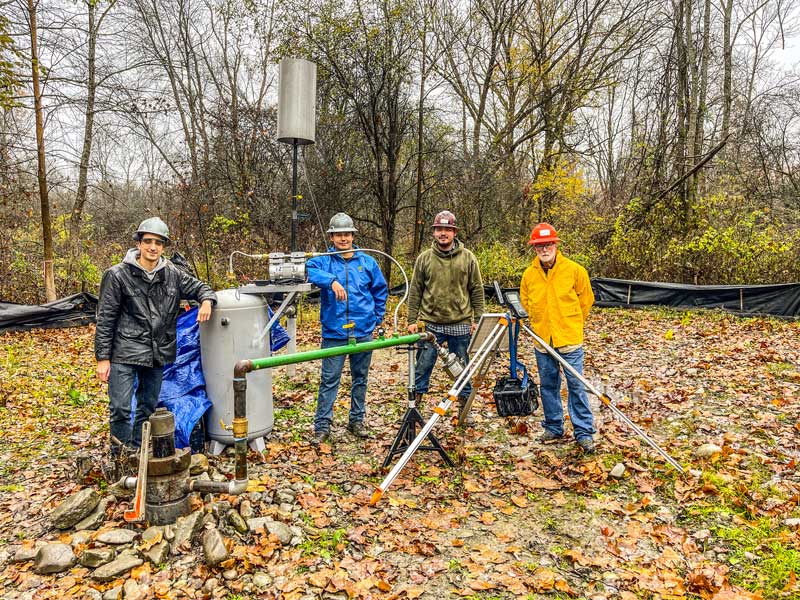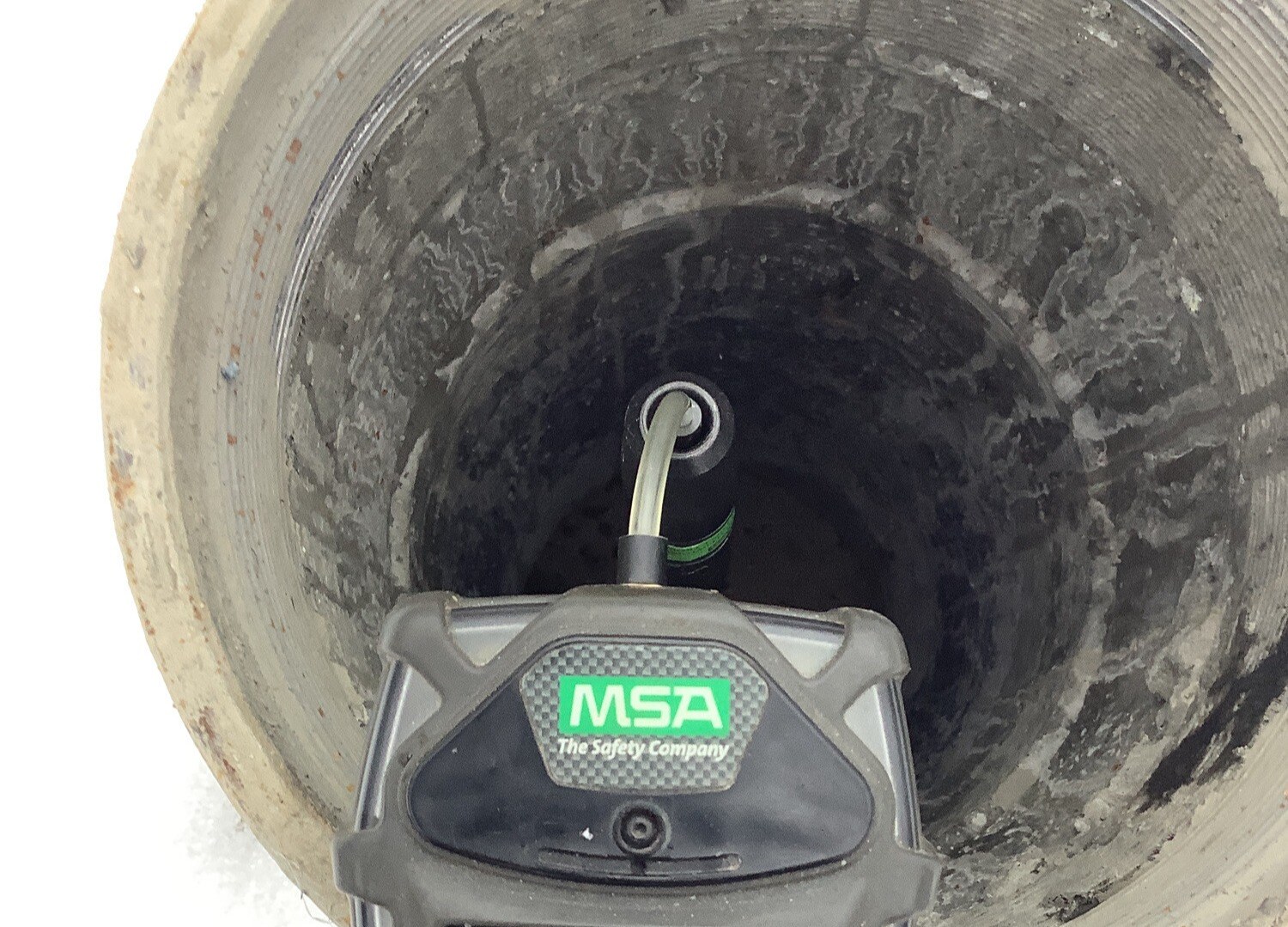Martha Smith - French Creek Valley, Pennsylvania
Where Martha Smith is Located
The site has historical significance as George Washington may have walked by the location in 1753. He was on his way to deliver a message to the French Commandant at Fort LeBoeuf, imploring him to stop intruding into the Virginia Territory and Ohio Country. Now-a-days, The French Creek Conservancy and Watershed is home to 27 species of mussels, 15 species of darters, and has four National Audubon Society Important Bird Areas (IBA). Many species that thrive in French Creek have been extirpated from their natural ranges due to habitat loss and degradation of water quality.


Why Martha Smith was Chosen
Located in French Creek Valley Conservancy in Waterford, Pennsylvania, one of the nationally recognized biologically important waterways in the entire country, this orphaned gas well named Martha Smith (APN 37-049-224423) was reported as venting gas to the Pennsylvania Department of Environmental Protection in 2021. The DEP deemed that it needed to be moved to orphan status, reported it with an unknown spud date (1-1-1800) and with a depth of over 4,000 feet. This orphan gas well sat on the banks of the LeBoeuf Creek in the French Creek watershed, in the flood plain within 2500 feet of homes.


How VitalEco Made a Difference
The Nature Conservancy that includes the French Creek Watershed is listed as a national “hot spot.” The prior operator experienced financial hardship and was not solvent. The Approval to Plug was accepted by DEP and ownership was transferred to Well Done Foundation. Plants and Goodwin from Bradford, PA was contracted to perform the plugging work which was completed on December 9, 2022. The Pennsylvania Department of Environmental Protection, Office of Oil and Gas Management completed its final inspection on December 12, 2022 with no violations.


CarbonPath Registry and Methodology
- Two hours of continuous monitoring events prior to well plugging by a Qualified Measurement Specialist
- Industry-leading flowmeters
- Lab-verified methane concentration
Eliminated 81,611 CO2 Tonnes and 5 United Nation Envision 2030 Goals Achieved
- Improved water quality
- Air quality improvement
- Environmental restoration
- Local jobs creation
- Community outreach
- Environmental justice
United Nations Envision 2030 Goals

Goal 6: Clean Water and Sanitation
Achieved by enhancing water quality, reducing pollutions, and preventing the release of hazardous chemicals and materials into groundwater. Plugging orphaned wells significantly contributes to better air and water quality.

Goal 9: Industry, Innovation and Infrastructure
Met through flow metering processes that can retrofit industries, enabling sustainability, optimizing resource utilization, and promoting the adoption of clean, environmentally sound technologies. This technology is adaptable for use in developing countries and, with mobile capabilities, can be monitored globally through cloud-based systems.

Goal 11: Sustainable Cities and Communities
Met by preserving French Creek Valley Conservancy, its critical biodiversity and four National Audubon Society Important Bird Areas (IBA), and by protecting nearby residents and the local community. This orphan well emitted methane in a national "hot spot".

Goal 12: Responsible Consumption and Production
Achieved by managing orphaned oil and gas wells and methane emissions in alignment with international frameworks, permanently reducing harmful releases into air and water. This proactive approach minimizes adverse impacts on human health and the environment by preventing future emissions.

Goal 13: Climate Action
Met through the use of innovative measurement technologies developed to anticipate and address climate goals. These technologies are continually refined and expanded for use across multiple locations, ensuring broader impact and effectiveness.
